Hello everyone! Today, let’s grow ginger together.
I’ll be planting ginger in a foam box and also in a grow bag. Growing ginger is very simple and doesn’t require much care. The soil doesn’t need to be super rich in nutrients, but the results will definitely satisfy you.
Step 1: Preparing the soil for planting ginger.
I use a pretty simple soil mix for ginger planting, which doesn’t need as much nutrition as fast-growing vegetables. The mix includes coconut coir, rice husk ash, rice husks, and a bit of regular vegetable garden soil.
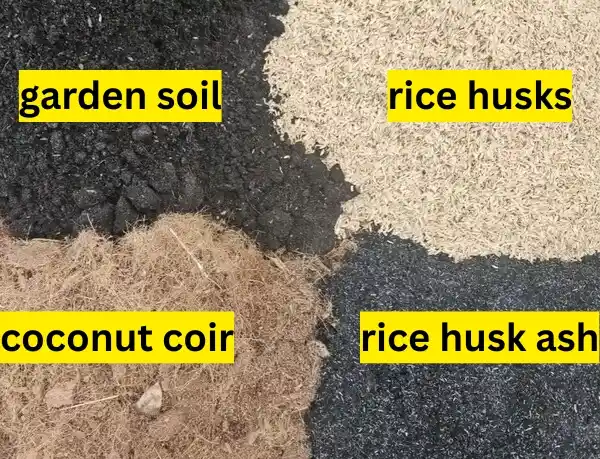
I reuse old soil and mix it with some black urea fertilizer evenly. If you don’t have black urea, you can mix in organic NPK fertilizer, well-rotted cow manure, or chicken manure—anything that’s decomposed well.
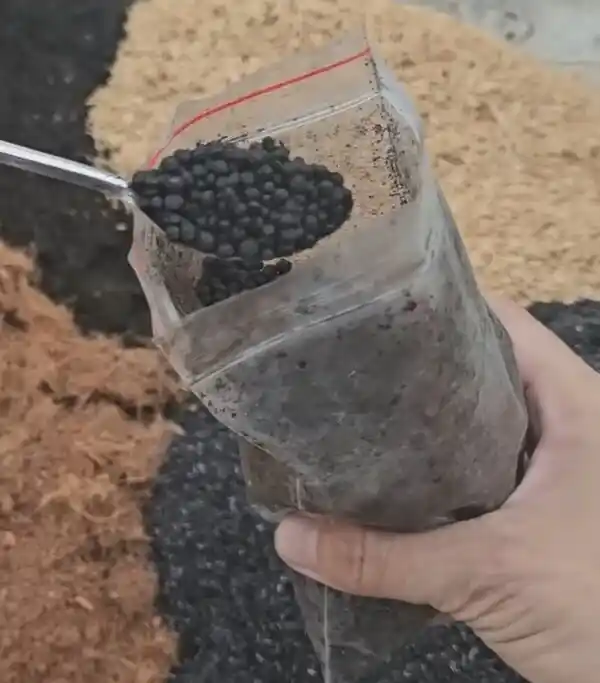
I rinse the coconut coir for a few days to remove its bitterness, and I also rinse the rice husk ash to remove the salt content.
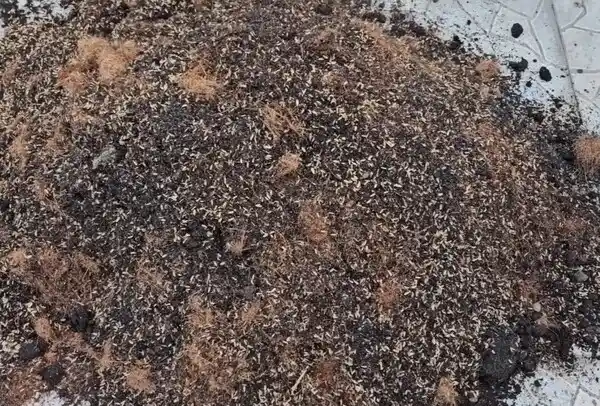
Step 2: Preparing the bags and containers for ginger planting.
I’ll be using grow bags here. I double up the bags, so if the outer one rots later, I can just flip it.
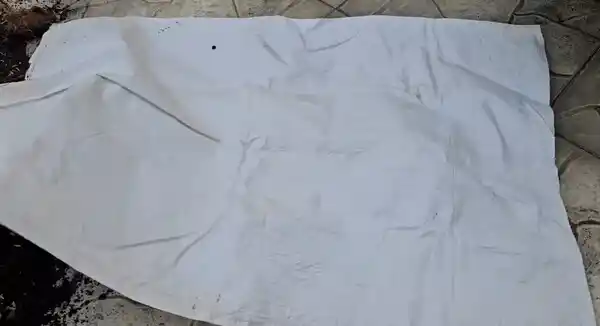
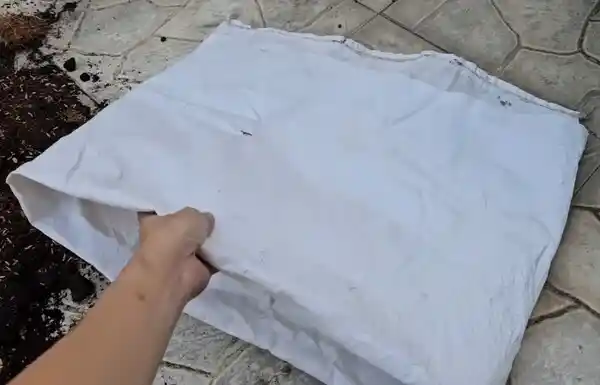
I place the bag inside a container to make it easier to move around.
Moving the bag alone might disturb the soil and harm the plant’s growth. For root crops like ginger, it’s really important to have loose, airy soil like this mix, which contains very little compact soil.
Step 3: Choosing ginger seeds for planting.
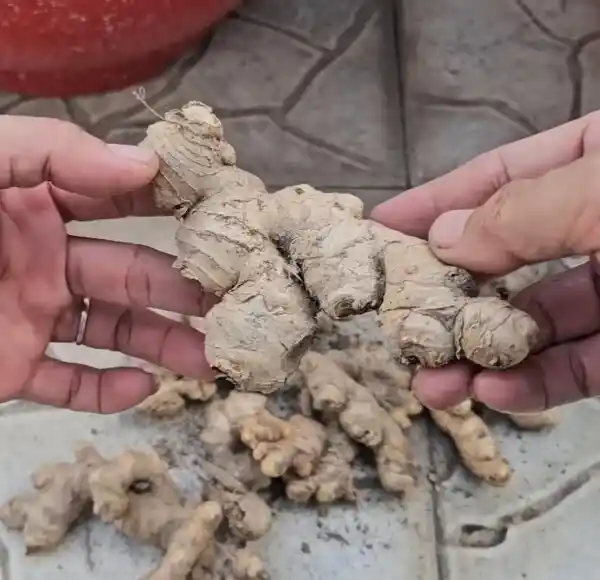
I buy ginger seeds from the market or supermarket. When buying ginger, check carefully because sometimes sellers use techniques to prevent ginger from sprouting to keep it fresh longer.
This can make growing ginger harder and may cause rot. If possible, buy from reputable nurseries.
Step 4: Preparing the ginger seeds.
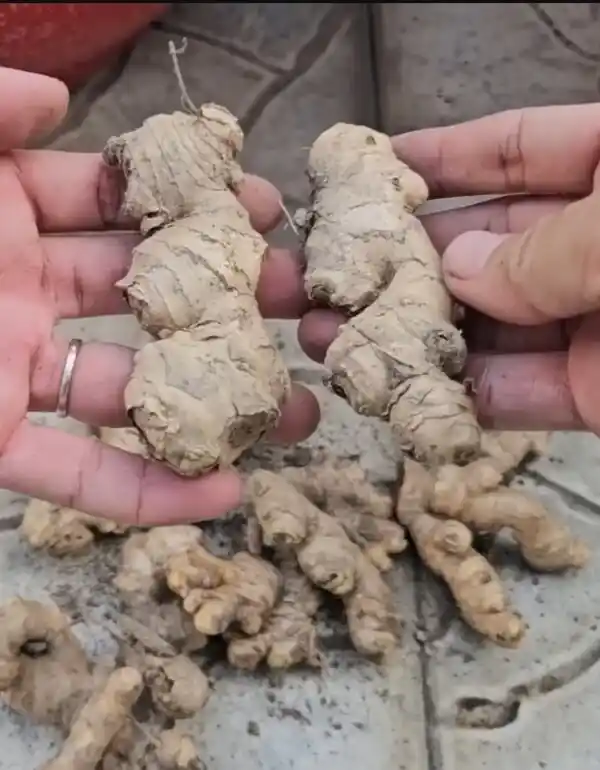
Separate each seed rhizome into pieces with about three buds each. Plant about three to four seed pieces per bag—four is usually just right.
Step 5: Planting the ginger seeds in the bags.
Place the seed pieces in the soil, then cover them with about 4 to 5 cm of soil. Water them lightly and keep them in a cool place or somewhere with gentle sunlight.
Observing Ginger Growth Stages
After 1 month
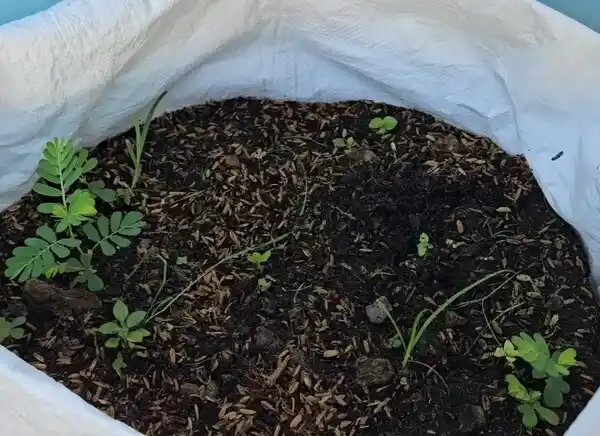
Weeds may have grown, but the ginger might not have sprouted yet. Some people pre-sprout the ginger in moist soil before planting, which is fine, but the total growing time remains the same.
You can choose whichever method you prefer.
After 3 months


The ginger rhizomes have started growing. However, out of four planted pieces, one might have rotted.
Only three clumps tend to grow. You’ll need to add soil periodically to help the rhizomes grow longer and produce more.
After 4 months
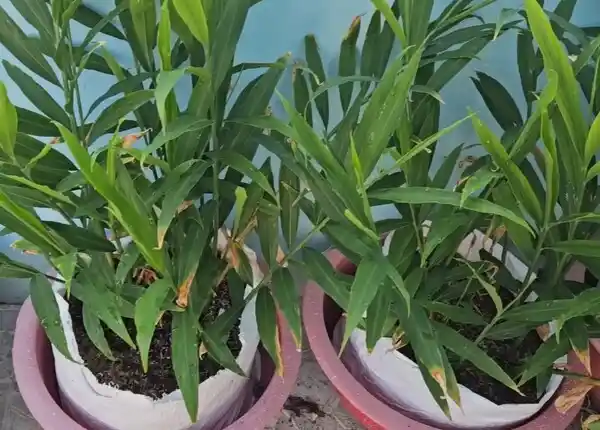
The top part of the grow bag may start to rot, but the soil inside should be fine. Similar to containers, soil in contact with air rots quicker.
Keep adding soil little by little but don’t bury the plant stem too deep, or it might die. Since the top of the bag rotted, I added an extra piece of bag material on top—this is pretty easy to do.
Watering and Care Tips
Ginger doesn’t need much water. During the rainy season, you almost don’t need to water. In dry times, watering once or twice a week is enough. Allow the soil to dry out sometimes because constantly wet soil can cause ginger to rot and die.
You can grow ginger either in shade or full sun. I usually place them in shadier spots to save sunnier spots for other vegetables.
After 7 months
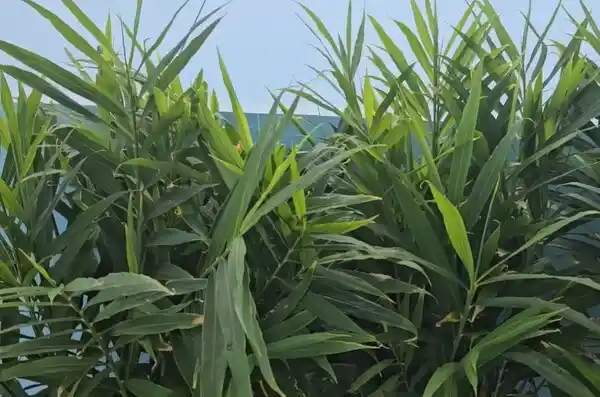
This is a ginger grow bag after 7 months. Typically, when planted outdoors with enough fertilizer, you can harvest young ginger after 6 months. But here, the ginger is grown in bags without additional fertilizer.
Let’s check if the ginger has formed rhizomes yet.
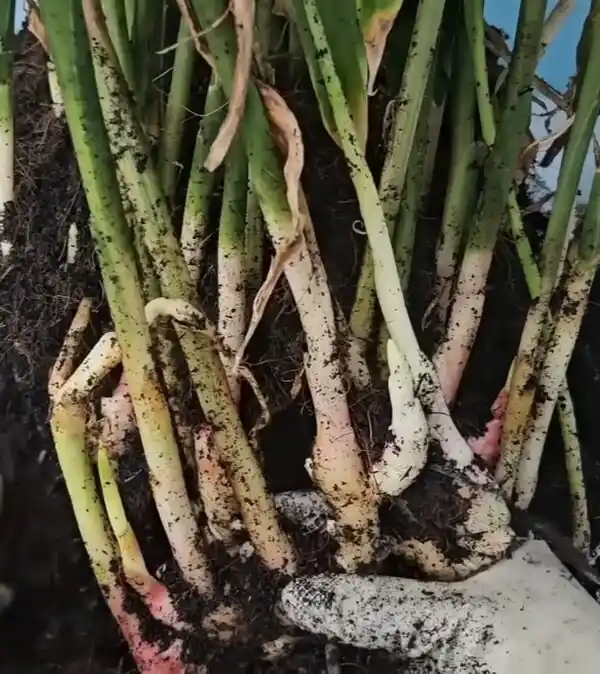
The rhizomes are there but still young—not ready for harvest.
After 9 months
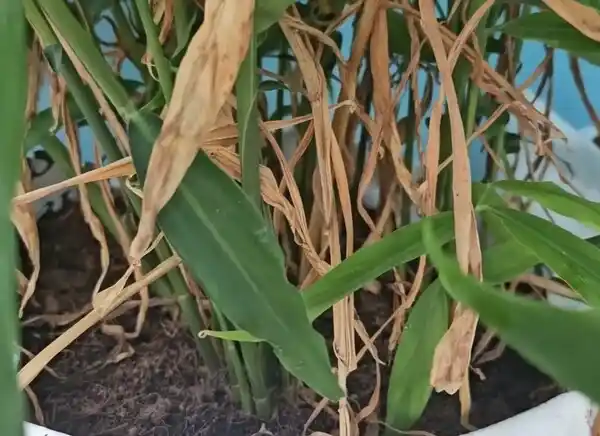
At 9 months, the lower leaves dry up, showing the plant is mature. You can harvest the ginger now if you want young ginger. For mature ginger, leave it for another 3 months, making the total growing time about 1 year.
You can even wait until the plant completely dries. That’s when the ginger quality is best, especially if you want to use it as medicine.
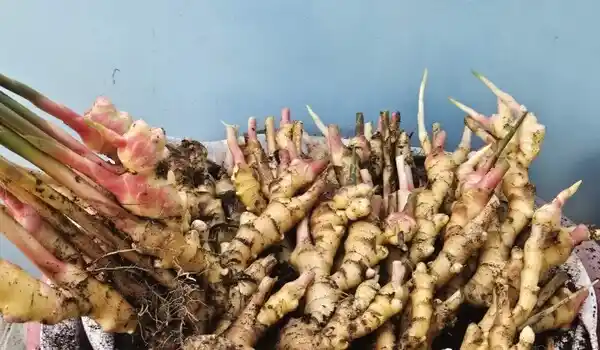

Thank you all for following this guide on how to grow ginger! I hope it helps you successfully cultivate your own ginger at home.
Best wishes and happy gardening!









